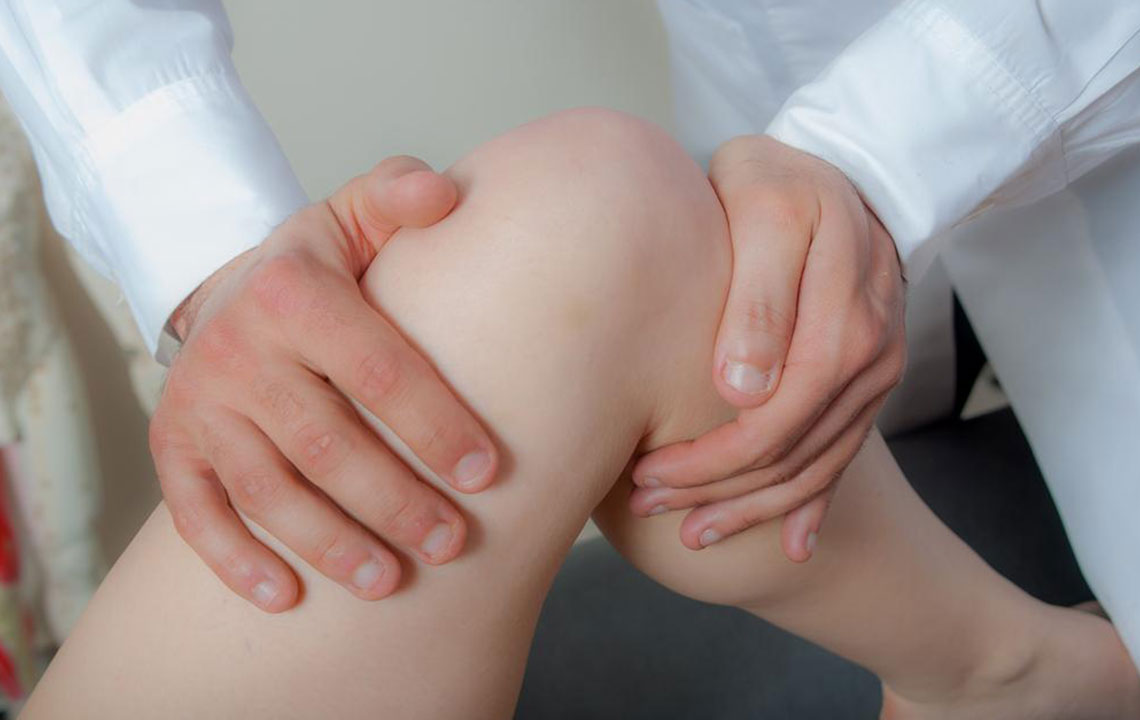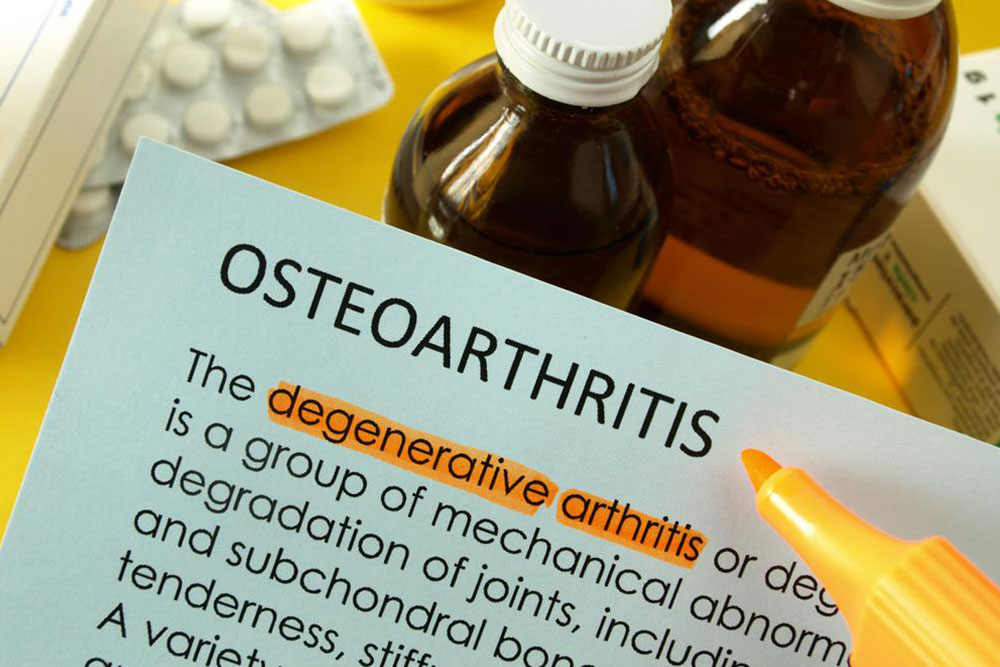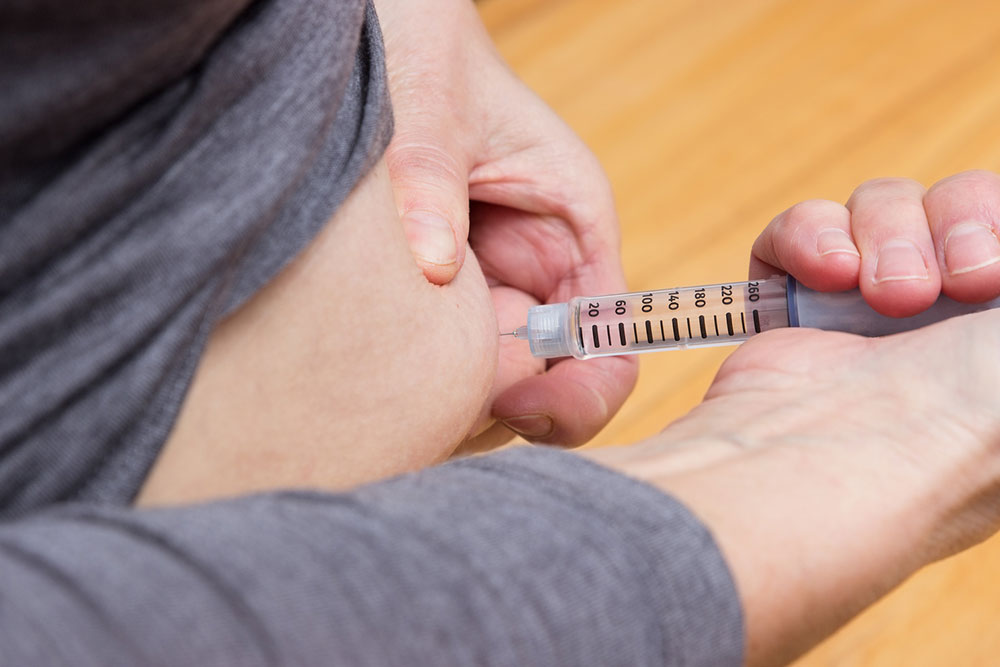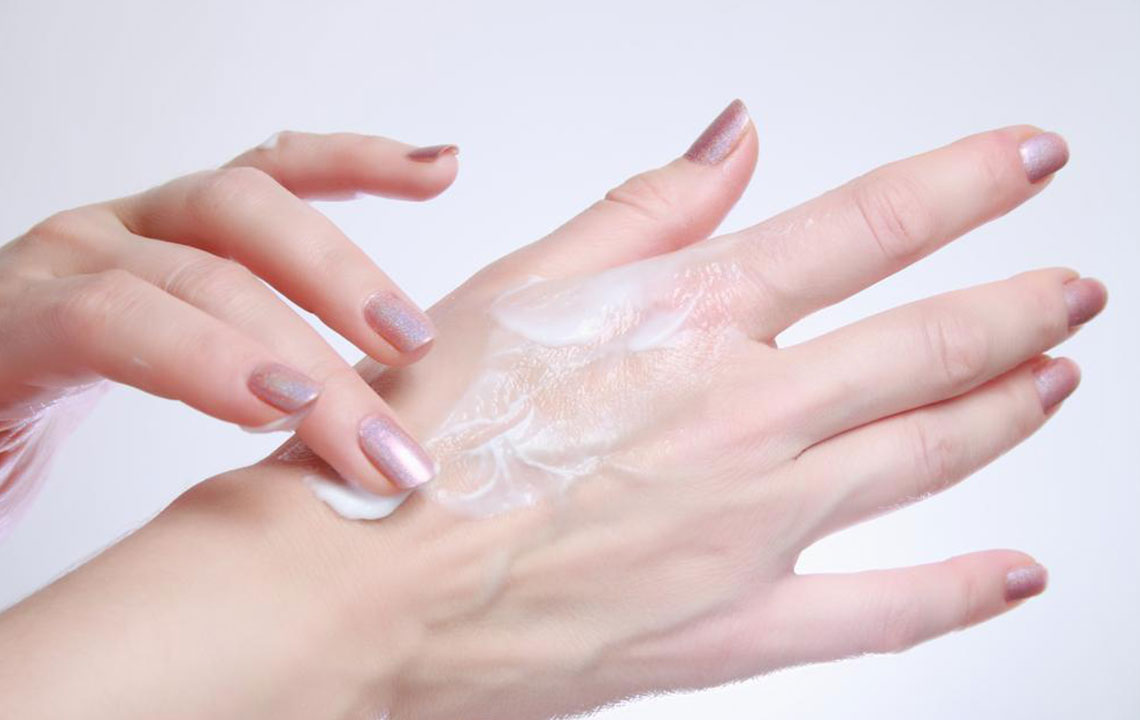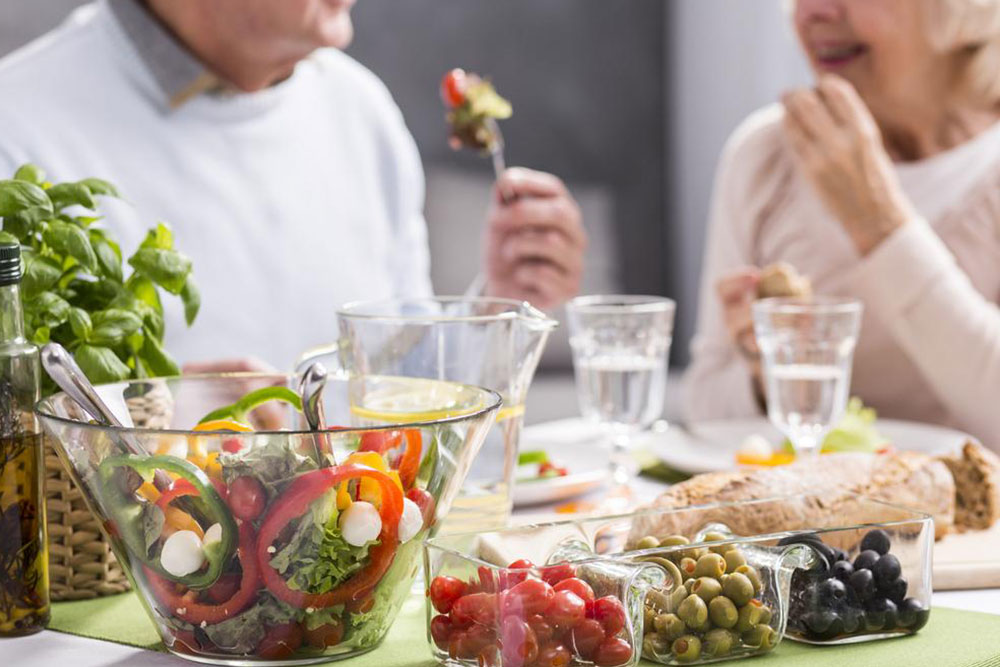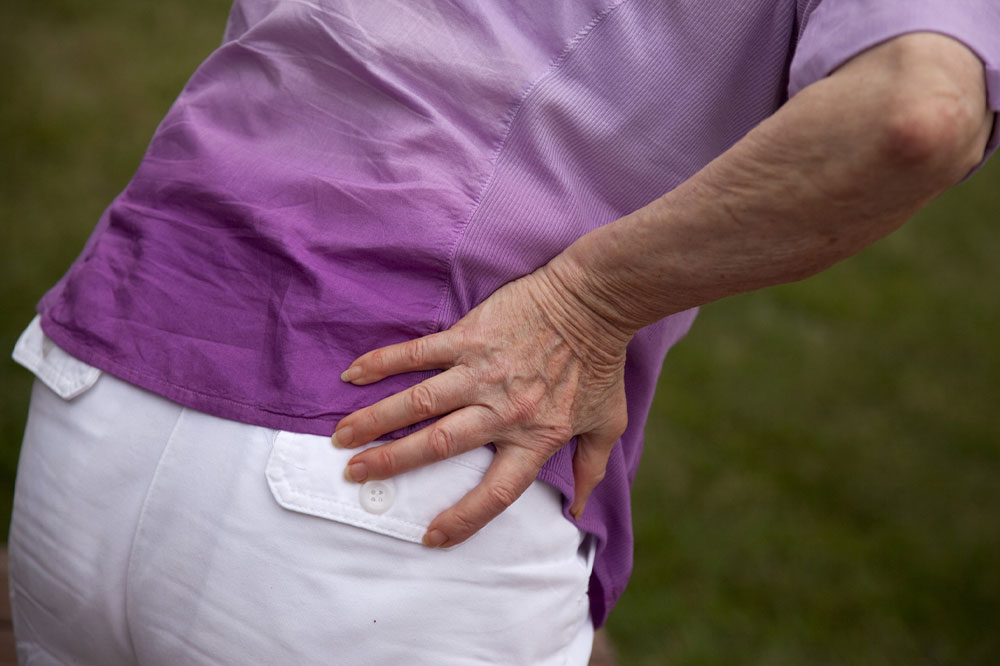Effective Strategies for Managing Osteoarthritis Discomfort
Discover proven methods to manage osteoarthritis pain effectively, including weight management, heat or cold therapy, green tea consumption, massage therapy, and aquatic exercises. These strategies can help improve mobility and reduce discomfort, enhancing quality of life for those affected by this chronic joint condition.
Sponsored
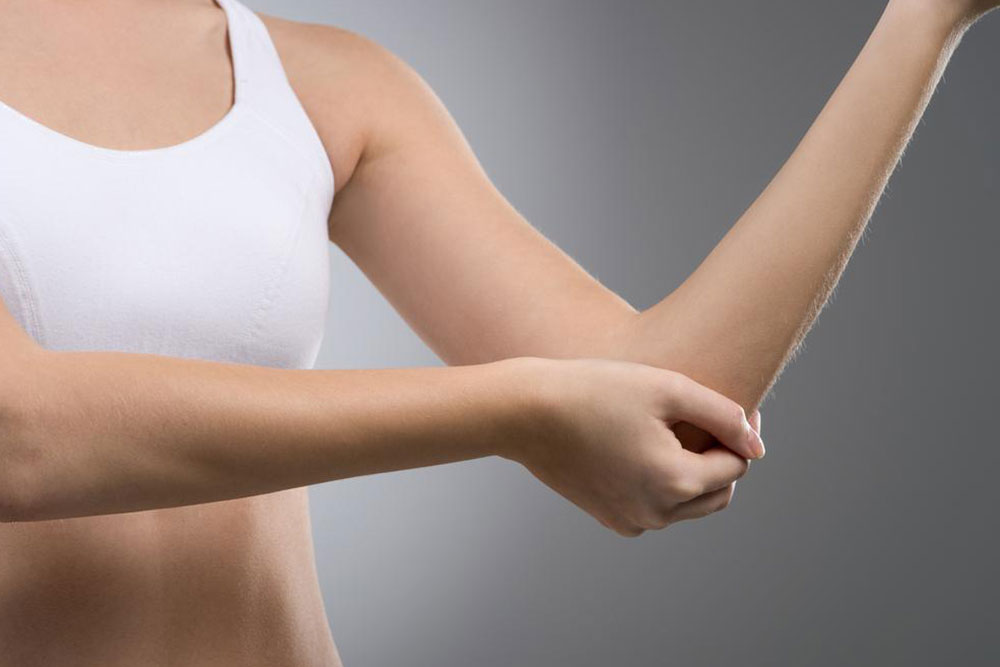
Osteoarthritis is a long-term joint disorder that typically affects the knees, hips, lower back, and neck. It involves the gradual breakdown of cartilage — the cushioning tissue covering the ends of bones. As cartilage deteriorates, bones may grind against each other, causing swelling and intense pain. Over time, cartilage wears away completely, leaving bones exposed and affecting daily activities. This condition can significantly impact one's work, mobility, and relationships. While it cannot always be cured, several management approaches can help alleviate symptoms and improve quality of life.
Individuals over 60 are most vulnerable, but osteoarthritis can occur at any age. The following methods may not eliminate the disease but can reduce discomfort:
Maintain a Healthy Weight – Excess weight puts additional pressure on weight-bearing joints like knees and hips, exacerbating pain. Losing even a small amount of weight can reduce joint strain and ease symptoms.
Use Heat or Cold Therapy – Applying heating or cooling pads can provide significant relief. The choice depends on the type of pain experienced, with heat relaxing muscles and cold reducing inflammation.
Consume Green Tea – Rich in polyphenols, green tea can help lessen inflammation and support cartilage health. Moderation is key, as excessive intake may cause liver issues.
Get Regular Massage – Therapeutic massage boosts blood circulation, relaxes sore muscles, and alleviates joint pain, improving mobility.
Engage in Water Exercises – Water-based workouts allow joint-friendly movement, helping to manage pain and enhance everyday function. Incorporating aquatic activities into routines can provide effective relief and promote joint health.

